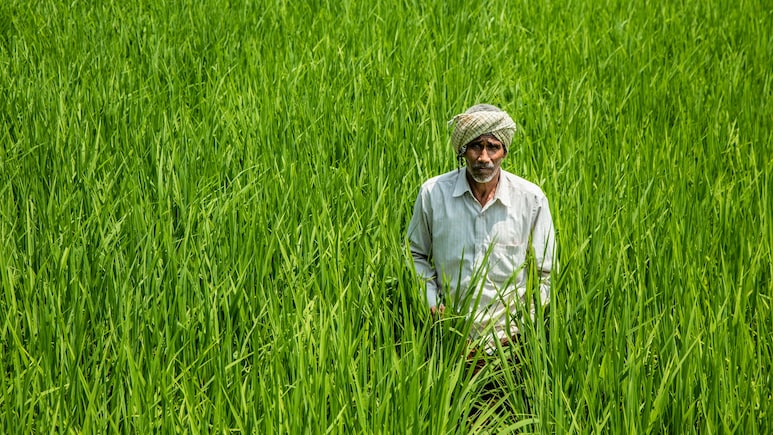
India, often referred to as an agricultural nation, sees a significant portion of its population relying on farming for their livelihood. To support and strengthen the economic condition of farmers, the government has launched multiple schemes aimed at boosting the agriculture sector. These initiatives not only offer financial assistance but also provide security and access to modern farming technologies. Here's a look at key government schemes offering substantial benefits to farmers.
1. PM-Kisan Samman Nidhi: Rs 6,000 Annual Support via Direct Benefit Transfer (DBT)
Under Pradhan Mantri Kisan Samman Nidhi (PM-Kisan), all eligible small and marginal landholding farmers receive Rs 6,000 annually, paid in three installments of Rs 2,000 directly to their Aadhaar-linked bank accounts. Since its launch in February 2019, over Rs 3.68 lakh crore has been disbursed across 19 installments. The 20th installment is anticipated by early August 2025.
2. Pradhan Mantri Fasal Bima Yojana (PMFBY): Crop-Insurance Safety Net
This insurance initiative, launched in February 2016, protects farmers against crop losses due to natural calamities, diseases, or pest attacks. PMFBY offers affordable premiums and aims to stabilise farmers's income. However, several states (e.g., Gujarat, Jharkhand, Telangana, and Bihar) have exited, citing high premiums and claim settlement challenges.
3. Agriculture Infrastructure Fund (AIF): Affordable Loans for Storage & Logistics
Inaugurated in July 2020, the Agriculture Infrastructure Fund (AIF) allocates Rs1 lakh crore to support agri-entrepreneurs, startups, and farmer groups for cold storage, warehousing, packaging, and farm machinery. Punjab alone has seen allocations grow from Rs4,713 crore to over Rs7,050 crore with leading application figures nationally.
4. Soil Health Card Scheme: Unlocking Soil-Based Nutrient Advice
Launched in February 2015, this scheme issues personalised Soil Health Cards to farmers, listing crop-wise nutrient requirements and deficiencies based on lab testing of their land. It encourages balanced fertiliser use and improved yields with lower costs.
5. Kisan Credit Card (KCC): Short-Term Credit at Subsidised Interest
Established in 1998 and expanded over time to cover allied activities like fisheries and dairy, the KCC Scheme offers working capital and investment credit (e.g., irrigation, pumps, seeds) to farmers. With the Modified Interest Subvention Scheme (MISS) now extended through FY 26, farmers accessing short-term loans up to Rs5 lakh via KCC enjoy subsidised interest as low as 7%.
6. Pradhan Mantri Kisan Maandhan Yojana: Pension Safety for Farmers
Under the PM-Kisan Maandhan Yojana, eligible farmers aged 18-40 can enrol voluntarily. By contributing between Rs55 and Rs200 monthly (depending on age), they become eligible for a pension of Rs3,000 per month upon reaching 60. Contributions can be auto-deducted from the PM-Kisan installments, making it hassle-free.
Why These Schemes Matter
- Direct Benefit Transfers (DBT) cut red tape and ensure funds reach beneficiaries instantly.
- Subsidised credit and insurance reduce risks and lower dependency on informal lenders.
- Infrastructure and soil data programs promote efficiency and sustainability.
- Pension benefits provide social security for ageing farmers.
- Together, these programs reflect a comprehensive approach: immediate income support, resilience through insurance and credit, and long-term stability via pensions and technology-led interventions.
Track Latest News Live on NDTV.com and get news updates from India and around the world

